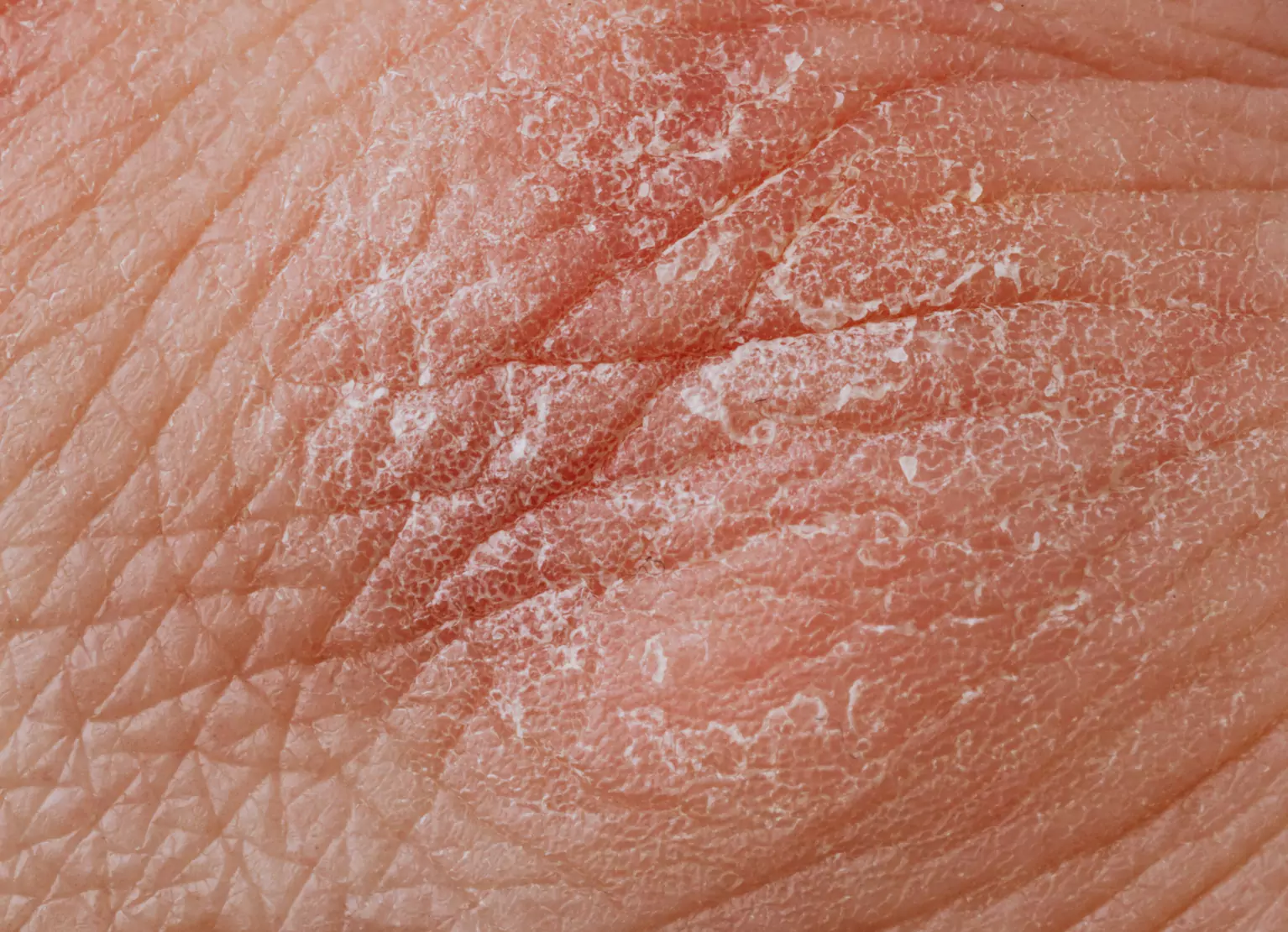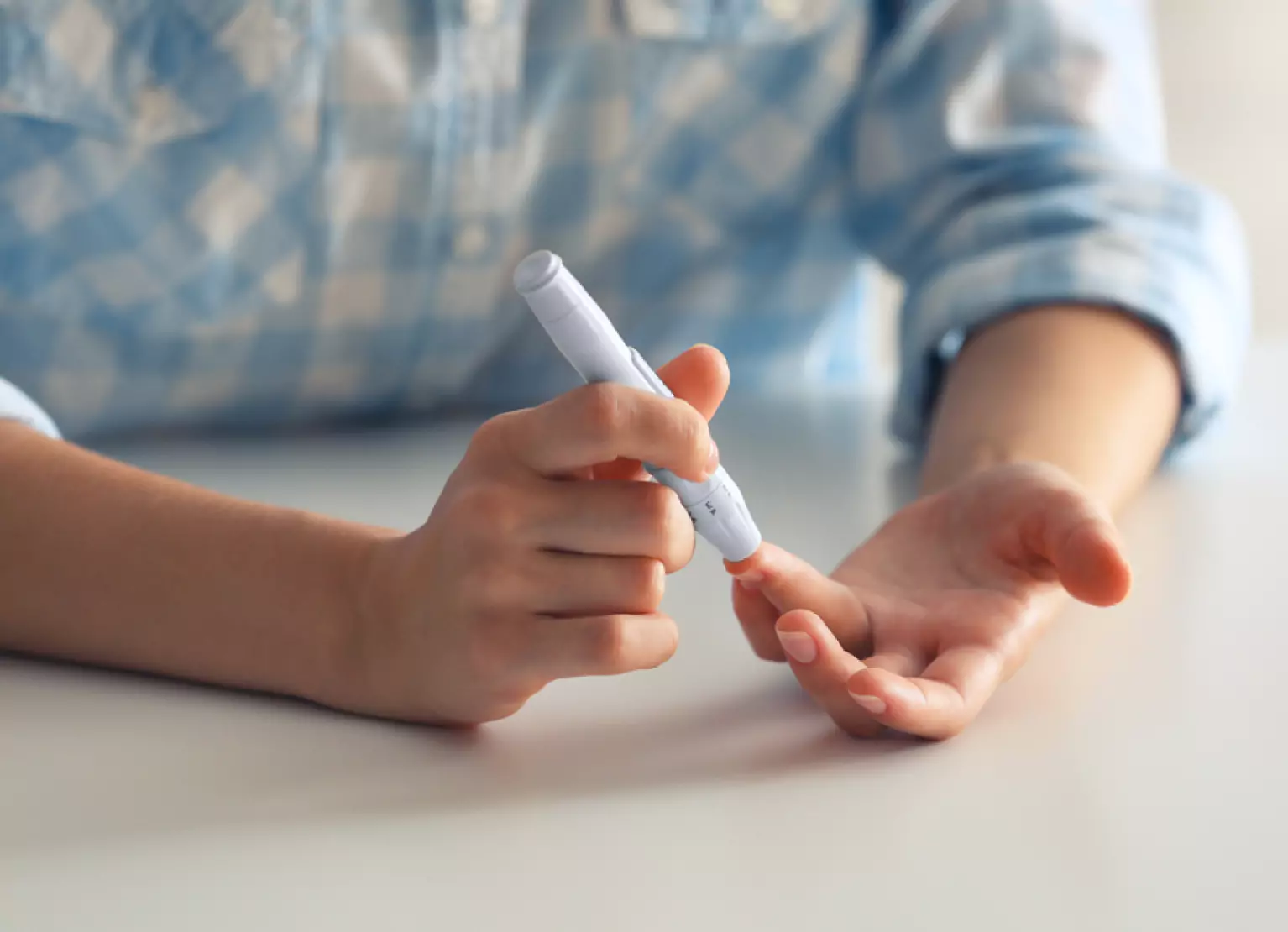Living With Autoimmune Conditions: Dermatomyositis

Key Takeways
Dermatomyositis is a rare autoimmune disease that causes skin rashes and muscle inflammation, affecting fewer than nine in a million people worldwide.
Autoimmune diseases, such as rheumatoid arthritis, Celiac disease, Hashimoto’s, type 1 diabetes, or Parkinson’s, are conditions that cause the body’s natural defense mechanisms to turn against the body and attack it as if it were an invading organism.
In the case of dermatomyositis, which is part of the disease group called inflammatory myopathy, rashes and other lesions can appear on the skin along with muscle weakness and fatigue, leading to pain, itching, and other symptoms
Let’s take a deeper look at the causes, symptoms, and treatment options of dermatomyositis and this condition’s potential effects on blood sugar.
What Causes Dermatomyositis?

The cause of dermatomyositis is currently unknown, though researchers believe that it may be the result of viral infections in the muscular system or problems with the immune system.
It is possible that genetics, infection, or environmental elements may also be linked to the development of dermatomyositis. Factors such as excessive sun exposure, certain medications, smoking, and viral infections are all thought to be related to possible development of this condition.
This condition is most commonly found in adults between the ages of 40 and 60 and children between the ages of 5 and 15, but it may develop at any age. In one small study, some individuals were observed to develop symptoms of dermatomyositis at 65 years of age or older.
What are the Common Symptoms of Dermatomyositis?

There are a number of symptoms that can potentially indicate dermatomyositis. These symptoms include:
- Muscle weakness
- Red or purple rashes
- Red areas and swelling around the fingernails
- Muscle aches and fatigue
- Weight loss
- Red or purple discoloration in the body
- Scaly, dry skin
- Calcium deposits under the skin
- Trouble swallowing
- Fever
- Inflammation in the lungs
Possible Complications of Dermatomyositis
There is currently no cure for dermatomyositis. As this autoimmune condition develops and progresses, there are various complications that can sometimes develop and worsen over time. Here are some of the most common complications:
Difficulty Swallowing
If dermatomyositis affects the muscles in your esophagus, you may experience difficulty swallowing in the form of a condition called dysphagia. While rare, this may result in weight loss and malnutrition in some individuals due to difficulty to eat normally.
Calcium Deposits

Calcium deposits, or soft tissue skin lesions, may develop in your muscles, skin, and connective tissues as your dermatomyositis progresses.
This symptom is most commonly found in children suffering from dermatomyositis and tends to develop earlier in the development of the disease.
Breathing Problems
If your dermatomyositis symptoms begin to affect your chest muscles, you may develop breathing problems, like shortness of breath.
One study observed that this symptom can even lead to lung disease and even respiratory failure due to muscle weakness.
Certain Cancers
Dermatomyositis is also thought to be a risk factor for certain types of cancer. Older male individuals suffering from this condition may be more at risk
Research has found that breast, lung, and colorectal cancer are diagnosed as the three most common in individuals with dermatomyositis, and often lead to the growth of tumors.
How to Detect Inflammatory Dermatomyositis
Dermatomyositis may be diagnosable using your medical history, through physical symptoms, clinical examinations, or by conducting specialized tests. If your doctor suspects that you may be suffering from dermatomyositis, they may suggest the following diagnostic tests:
- EMG Test
- MRI
- Muscle Biopsy
- CT Scan
- Chest X-Ray
- Barium Swallow
- Ultrasound
In the diagnosis of this condition, any of these tests may be used to observe the affected muscles for signs of inflammation or damage depending on your symptoms. An x-ray of the chest may also be performed to look for signs of interstitial lung disease, which is a possible side effect of this condition.
How to Treat Dermatomyositis
Currently, there is not one singular manner of treating dermatomyositis, as every individual may present unique symptoms. Over time, as you get older and your symptoms change, you may have to change the types of treatments being used.
Factors such as age, general state of health, and the symptoms that are present can all dictate the correct treatment options for you and your health. Some people may need to experiment with a variety of treatment options if their condition is not responding to their current regimen,
Here are some of the most common treatments for dermatomyositis:
- Skin Medications

Your doctor may prescribe antihistamine drugs or anti-inflammatory steroid creams to help treat rashes and itchy skin. Steroid creams are generally prescribed for up to three months, and can start to be tapered off once muscle enzymes are observed to normalize in the body.
Anyone suffering from dermatomyositis should wear sunscreen and avoid excessive sun exposure to prevent skin rashes.
- Physical Therapy
Your doctor may recommend that you work with a physical therapist to use special stretches, exercises, and assistive devices to help strengthen your muscles.
Some research suggests that exercise for muscle strengthening as well as aerobic work can positively affect muscular symptoms in individuals with dermatomyositis. Make sure this sort of physical therapy treatment is supervised by a medical professional to avoid injury or worsening of symptoms.
- Immunosuppressive Drugs
Immunosuppressive drugs slow down or block your immune system, and this form of treatment may be used if your symptoms are not responding to other treatment options.
Immunosuppressants may help slow the damage that your body is doing to itself, however it’s important to note here that the long-term effects of these drugs on this treatment of dermatomyositis have not been observed.
More research is still needed to determine how effective these medications are for treating the symptoms of this condition.
- Surgery

In severe cases, surgery may be used to remove calcium deposits and other lesions from your skin. Your doctor will likely recommend this if your lesions become infected or are causing pain.
- Immunoglobulin Treatment
Your doctor may recommend immunoglobulin treatments if your symptoms are not responding to any other treatments.
Immunoglobulin treatments come from donated blood and are administered using an IV. Immunoglobulin is used to boost the immune system and is typically recommended for a six month short-term treatment option administered monthly.
The Connection Between Dermatomyositis and Blood Sugar

Research up to present day hasn’t shown a direct link between blood sugar and dermatomyositis, as this autoimmune condition is very rare.
However, some small studies have shown that adult patients suffering from dermatomyositis may also have an elevated insulin resistance. These individuals were also observed to have a higher BMI and waist circumference than those who did not have this condition.
Other research has observed an extremely rare connection between the disease and insulin dependent diabetes mellitus (IDDM), which is another autoimmune disease. These concurrent conditions were identified in a 28 year old individual.
To date, there are only two recorded cases of this, however researchers note that it may be possible to have IDDM and dermatomyositis at the same time, which may be caused by the use of corticosteroids as a treatment, among other things. More research is still needed to determine other possible effects of this condition on blood sugar.
Diet Guidelines to Help With Dermatomyositis

Anti-inflammatory diets are often recommended for those suffering with dermatomyositis to help decrease muscle inflammation and pain and skin inflammation and rashes.
Some general tips for a balanced, anti-inflammatory diet may include things like opting for whole grains over processed flours, eating plenty of fruits and vegetables, and increasing your intake of nutritious fats like avocados and nuts. increase your intake of foods rich in omega-3s like fatty fish.
To avoid excess inflammation from your diet, you may want to limit or avoid foods high in sugar. You may also choose to limit foods with saturated fats as well as other processed foods with high fructose corn syrup, preservatives, pesticides, and artificial ingredients.
Lastly, it may be beneficial for individuals with this condition to add a vitamin D supplement to your daily vitamin regimen, especially if you are avoiding sun exposure. Consult with your doctor if you want to check your vitamin D levels and see how much you should be taking.
Find the right Nutrisense programto turn insight into progress.
Go Beyond Glucose Data with Nutrisense
Your glucose can significantly impact how your body feels and functions. That’s why stable levels are an important factor in supporting overall wellbeing. But viewing glucose isn't enough. Nutrisense, you’ll be able to learn how to use your body's data to make informed lifestyle choices that support healthy living.
One-to-one coaching
Sign up to access insurance-covered video calls to work with a glucose expert: a personal registered dietitian or certified nutritionist who will help tailor your lifestyle and diet to your goals.
Monitor and measure what matters
With the Nutrisense CGM Program, you can monitor your glucose with health tech like glucose biosensors and continuous glucose monitor (CGM)s, and analyze the trends over time with the Nutrisense App. This will help you make the most informed choices about the foods you consume and their impact on your health.
Find your best fit
Ready to take the first step? Start with our quiz to find the right Nutrisense program to help you take control.

Heather is a Registered and Licensed Dietitian Nutritionist (RDN, LDN), subject matter expert, and technical writer, with a master's degree in nutrition science from Bastyr University. She has a specialty in neuroendocrinology and has been working in the field of nutrition—including nutrition research, education, medical writing, and clinical integrative and functional nutrition—for over 15 years.


.webp)

